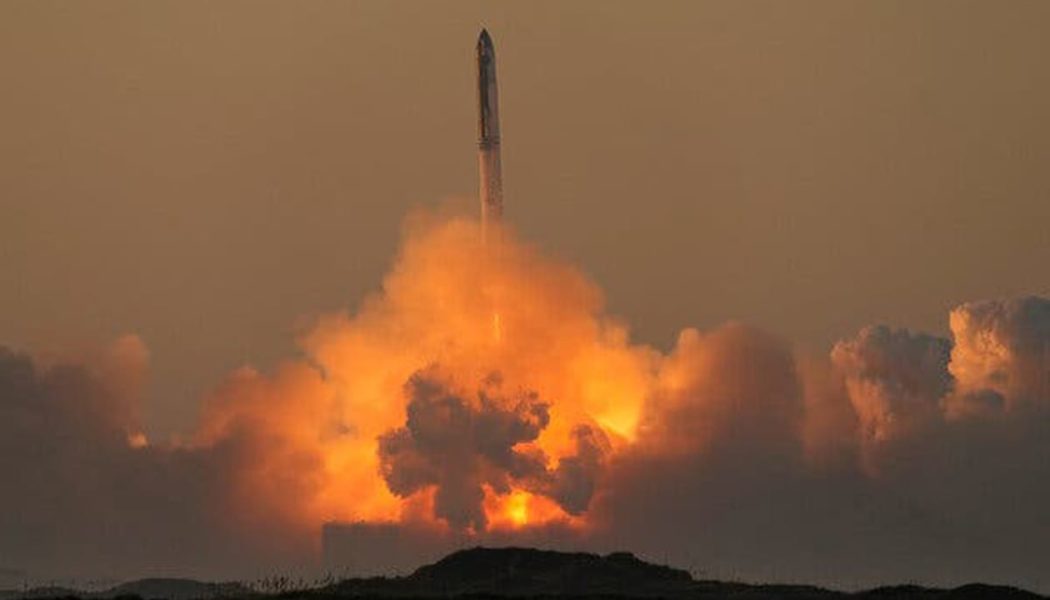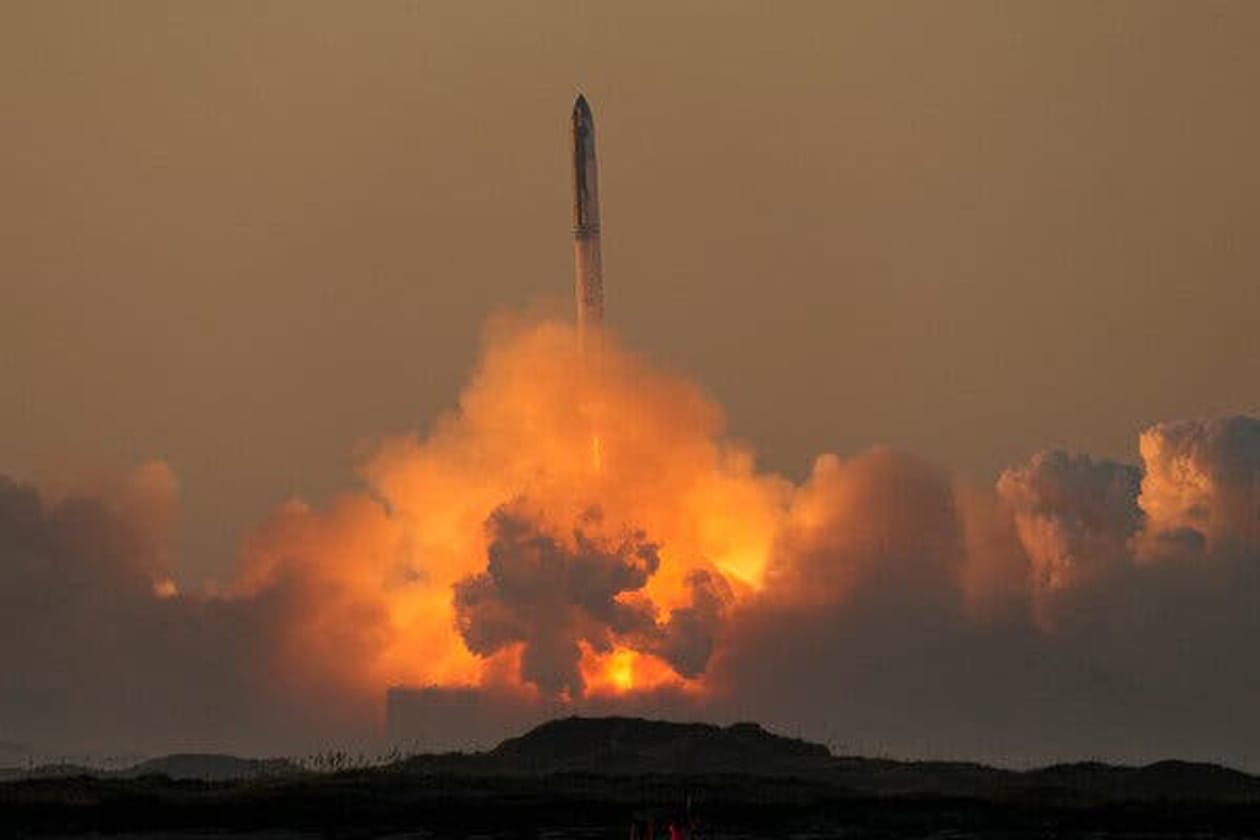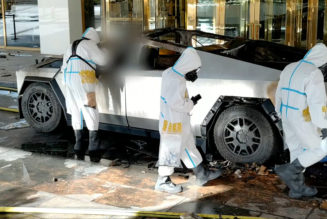SpaceX‘s Starship – composed of two parts, the Super Heavy rocket booster, and the actual Starship spacecraft – is the most powerful Starship ever constructed. Following up on April’s explosive launch (which saw six of the rocket’s 33 engines on the Super Heavy booster fail, ultimately leading to self-destruction), SpaceX went for round two this morning, attempting to fly the Starship part of the way around the Earth on the same route, starting from SpaceX’s launch site in Boca Chica Village, Texas, and landing in the waters of Hawaii. This time around, the Starship system made it much further into flight than in its first attempt, but after 10 minutes into the journey – reaching an altitude of 90 miles above the Earth – the vehicle lost connection, ultimately resulting in induced self-destruction.
The launch kicked off swimmingly, with both the rocket and spacecraft successfully lifting off the pad and the Super Heavy booster igniting all 33 of its engines. However, during the last attempt, a handful of the booster’s engines shut down prematurely. Nearly three minutes in, the booster split off from the Starship (a success not achieved the first time around), likely due to a new method called “hot staging.” CEO Elon Musk explained this to be “the riskiest part of the flight.”
However, the Super Heavy booster began spinning out just after separation, exploding over the Gulf of Mexico shortly thereafter; this didn’t throw the flight off course, though, as the Starship continued on its way.
9 minutes in, SpaceX indicated it had lost all contact with the Starship.
11 minutes in, it was confirmed that the Starship was not traveling as anticipated.
Approximately 12 minutes after liftoff, SpaceX engineer John Insprucker announced, “we think we may have lost the second stage”, indicating an automated detonation forced to destroy the Starship so it didn’t continue to dangerously veer off course.
Flaws and all, SpaceX is considering the second run a success. During the Starship’s first rodeo back in April, the vehicle exploded nearly four minutes into the flight, never even separating from the Super Heavy booster. Standing at nearly 400-feet tall, the high-tech vehicle is being built with the goal of sending NASA astronauts – and one day maybe humans – to the moon.
“We got so much data and that will all help us to improve for our next flight,” said Kate Tice, an engineering manager at SpaceX, during launch live stream.
Maybe the third time’s the charm for SpaceX’s launch. Elsewhere in the tech space, according to Apple, RCS Support is coming to the iPhone next year.










